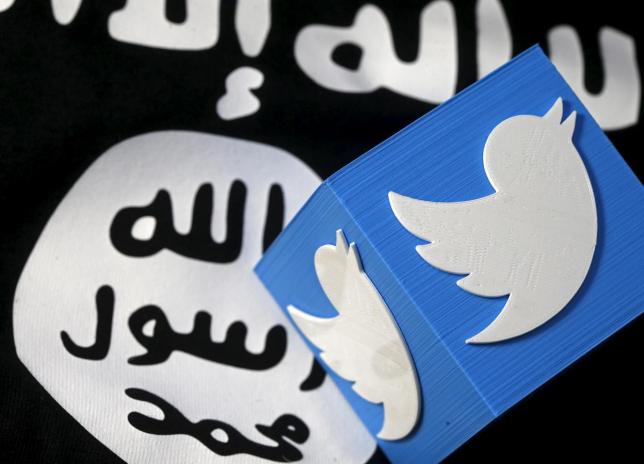A massive revolution has taken over media. Unlike old times, mainstream media is not controlled by a distinct podium. Media is no longer restricted to televised broadcasting channels, radio or press; the means for circulating news has been diversified. Self-extracted updates are no longer a necessity for entering the news industry.
Social media unlocked extraordinary horizons that each person could find a thousand ways to benefit from. However, this unprecedented revolution, no longer is an unsupervised portal for viewing one’s opinion, for ill willed people rarely leave an opportunity unexploited.
Misuse has become the general rule, and no longer an exception, especially with rumors, accusations, incitement and threats of murder becoming as easy as they have on social media.
Not only that, but dimensions were also stretched further. Before, the diversity of books available ranged in the sense of “how to learn English in seven days?” and “ how to become a millionaire” ; overnight- we have awaken to online websites, social media accounts and YouTube videos giving detailed demos on how to assemble hand grenades and destructive explosives, using none other than accessible kitchen utensils and housecleaning detergents.
As nations launch operations and dispatch armies to conflict zones, terrorists exploit social media with no confrontation or restrictions to their misconduct – not in the sense of prohibition rather than inhibition.
The ever growing question, “is there no effective mean to control social media which warped into terrorism?” remains to be answered.
Last week, participating at one of the Arab Media Forum sessions in Dubai, I spoke of how long the battle would take, should online arenas remain within the reach of terrorist’s wanton usage and absence of laws that stand in the way of their exploitation.
Confronting terrorists with ideology and not obstruction is a necessity which adequately leads exemplary communities, in which terrorism fails in persuading its youth. Terrorists have long been able to coax young recruits, only to later toss them amid fiery battles.
By far, there is no better mean to spreading poisonous radical ideology than social media. Over 80 percent of ISIS recruits have been reached over social media. Moreover, 90 percent of terrorist attacks have exhibited the usage of homemade explosives which have “how-to” recipes spread all over the worldwide web.
Any extremist is easily capable of recording a video viewing violence, murder and destruction; and is only faced with a futile warning – which comes only after hundreds of thousands already viewing the material- which is followed with a repeat upload from the same or different account.
The extremist will incessantly bombard the online community with violence and radicalizing material until his/her message has reached everyone, at a time organized law systems are rendered unable to prevent the spread of extremism.
It is puzzling to know that some extremists have been reaching the public through anonymous or made-up accounts, which are allowed to run without being closed down.
Why should extremists be able to access fake accounts? would it not be better if among the conditions for signing up on YouTube, Facebook or Twitter, is to place one’s personal contact number, under terms of confidentiality which only make the information accessible to governments. The contact information would be handed over to authorities in case of the account proving to be used illegally, and only by virtue of a legal warrant.
I can almost guarantee that over 90 percent of extremists would cease social media corruption, simply because they will not opt to be exposed before justice.
Traditionally, a terrorist’s means of destruction are machine-guns and explosive belts, but it has now diverged into the smallest of devices; a cellphone and a social media account.
Former means for terrorism were spotted and put under control with no trouble. However, at the moment, no serious international efforts are being invested into obstructing extremists taking on social media as a platform to spread hate and terror.
